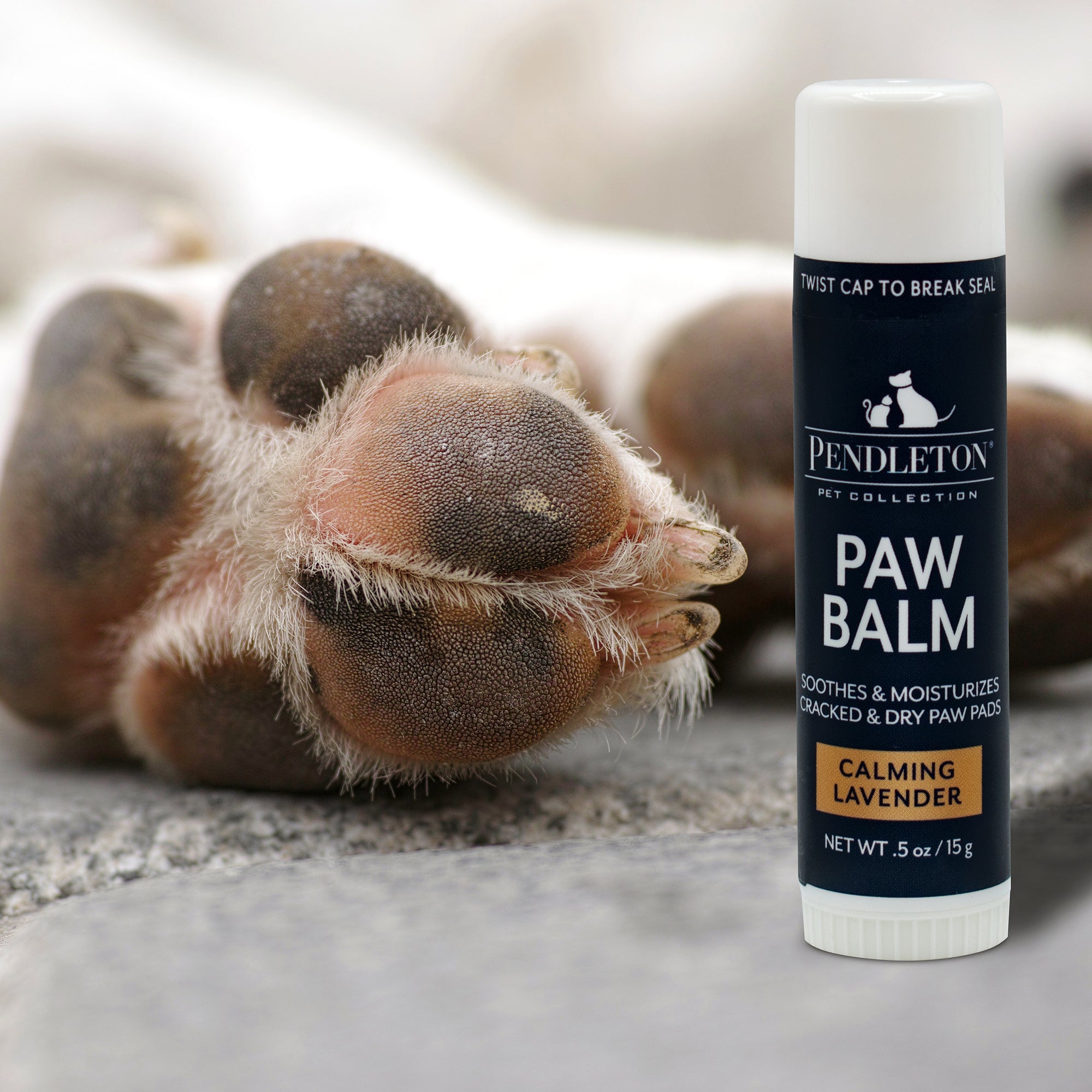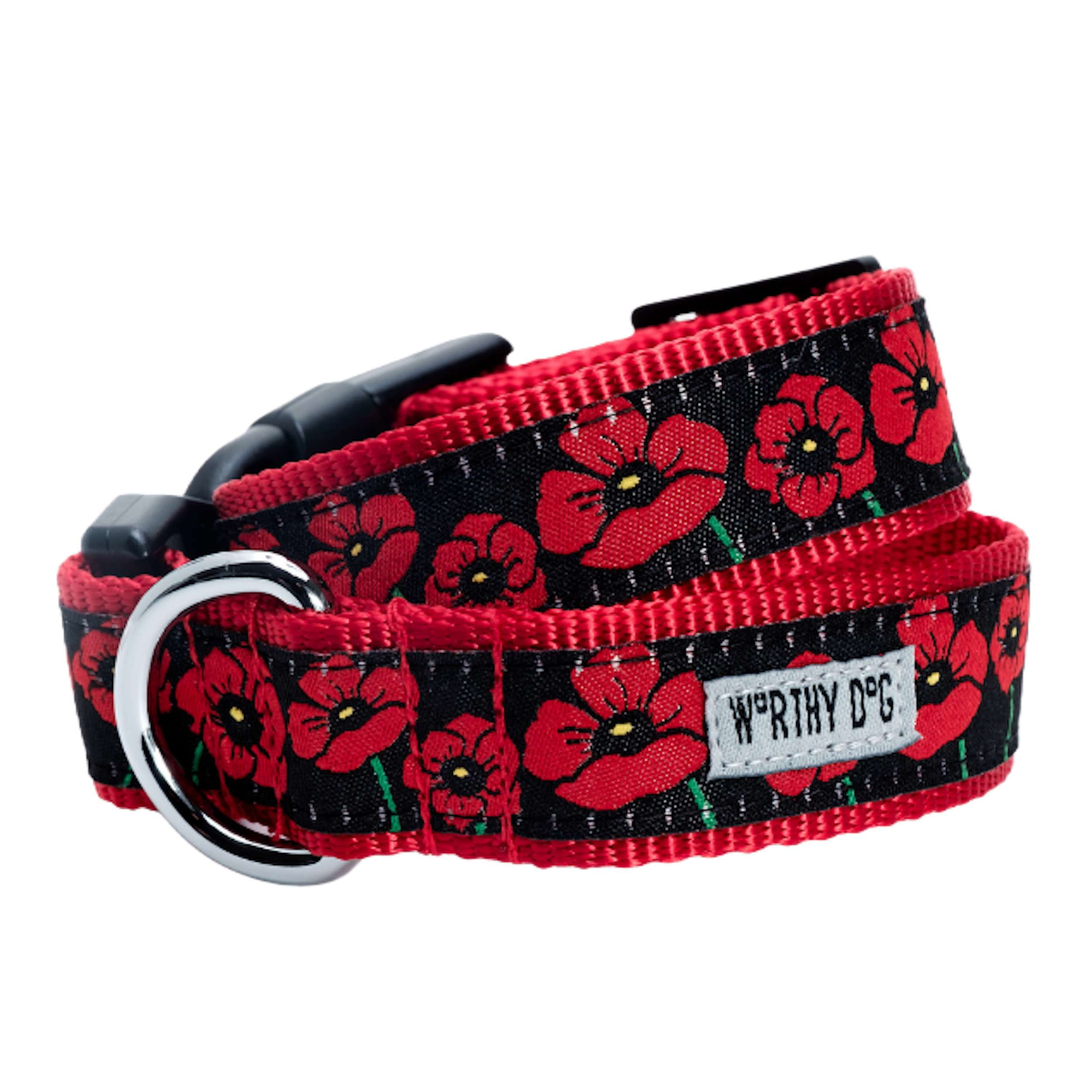How to Choose the Right Harness for Your Dog
Choosing the right harness for your dog is an essential aspect of responsible pet ownership. Not only does it affect your dog's comfort and safety during walks, but it also plays a significant role in your ability to control and manage your furry friend. With a multitude of options available in the market, finding the perfect harness might seem daunting. But fear not, as this guide will walk you through the essential considerations to help you make an informed decision.
1. Determine Your Dog's Needs
Every dog is unique, and their needs can vary greatly. Before selecting a harness, consider the following factors:
a. **Size and Breed**: The size and breed of your dog can influence the type of harness you need. Larger dogs may require sturdier harnesses, while smaller breeds might benefit from lightweight options.
b. **Activity Level**: Is your dog an active explorer or more of a couch potato? High-energy dogs may require a harness designed for durability, while less active dogs can do well with a comfortable and secure fit.
c. **Behavior**: If your dog pulls on the leash or has a tendency to lunge, look for a harness that offers better control and discourages pulling. For well-behaved dogs, a standard harness may suffice.
2. Understand the Types of Harnesses
There are several types of harnesses available, each designed for specific purposes. The most common types include:
a. **Back-Clip Harness**: These harnesses have the leash attachment on the dog's back. They are ideal for well-behaved dogs that don't pull excessively.
b. **Front-Clip Harness**: Front-clip harnesses have the leash attachment on the dog's chest. They provide better control for dogs that tend to pull and can help discourage pulling behavior.
c. **No-Pull Harness**: Designed to reduce pulling, these harnesses often have both front and back leash attachment points, giving you flexibility in training your dog.
d. **Step-In Harness**: These harnesses are easy to put on and are perfect for dogs who dislike having a harness slipped over their heads.
e. **Vest Harness**: Vest-style harnesses provide extra support and are suitable for small or toy breeds.
3. Measure for the Perfect Fit
Proper sizing is crucial for your dog's comfort and safety. To measure your dog for a harness:
a. Measure the girth, which is the widest part of your dog's chest, just behind the front legs.
b. Refer to the manufacturer's sizing chart to find the appropriate size based on your measurements.
c. Make sure the harness is snug but not too tight, allowing room for your dog to breathe comfortably.
4. Check for Comfort and Adjustability
Look for a harness with padded areas to prevent chafing and discomfort. Ensure that it's adjustable to achieve a secure fit without restricting your dog's movement.
5. Test for Ease of Use
Consider how easy it is to put on and take off the harness. Some dogs may be skittish or uncooperative when it comes to harnessing, so a harness with a straightforward design can make your life much easier.
6. Quality and Durability
Invest in a high-quality harness that will withstand daily wear and tear. A well-constructed harness will last longer and ensure your dog's safety.
Choosing the right harness for your dog is a vital decision that affects their comfort, safety, and your control during walks. By considering your dog's specific needs, understanding the types of harnesses available, and prioritizing fit, comfort, and quality, you can select the perfect harness for your beloved furry companion. A well-chosen harness will not only enhance your dog's walking experience but also strengthen your bond and ensure their well-being.
1. Determine Your Dog's Needs
Every dog is unique, and their needs can vary greatly. Before selecting a harness, consider the following factors:
a. **Size and Breed**: The size and breed of your dog can influence the type of harness you need. Larger dogs may require sturdier harnesses, while smaller breeds might benefit from lightweight options.
b. **Activity Level**: Is your dog an active explorer or more of a couch potato? High-energy dogs may require a harness designed for durability, while less active dogs can do well with a comfortable and secure fit.
c. **Behavior**: If your dog pulls on the leash or has a tendency to lunge, look for a harness that offers better control and discourages pulling. For well-behaved dogs, a standard harness may suffice.
2. Understand the Types of Harnesses
There are several types of harnesses available, each designed for specific purposes. The most common types include:
a. **Back-Clip Harness**: These harnesses have the leash attachment on the dog's back. They are ideal for well-behaved dogs that don't pull excessively.
b. **Front-Clip Harness**: Front-clip harnesses have the leash attachment on the dog's chest. They provide better control for dogs that tend to pull and can help discourage pulling behavior.
c. **No-Pull Harness**: Designed to reduce pulling, these harnesses often have both front and back leash attachment points, giving you flexibility in training your dog.
d. **Step-In Harness**: These harnesses are easy to put on and are perfect for dogs who dislike having a harness slipped over their heads.
e. **Vest Harness**: Vest-style harnesses provide extra support and are suitable for small or toy breeds.
3. Measure for the Perfect Fit
Proper sizing is crucial for your dog's comfort and safety. To measure your dog for a harness:
a. Measure the girth, which is the widest part of your dog's chest, just behind the front legs.
b. Refer to the manufacturer's sizing chart to find the appropriate size based on your measurements.
c. Make sure the harness is snug but not too tight, allowing room for your dog to breathe comfortably.
4. Check for Comfort and Adjustability
Look for a harness with padded areas to prevent chafing and discomfort. Ensure that it's adjustable to achieve a secure fit without restricting your dog's movement.
5. Test for Ease of Use
Consider how easy it is to put on and take off the harness. Some dogs may be skittish or uncooperative when it comes to harnessing, so a harness with a straightforward design can make your life much easier.
6. Quality and Durability
Invest in a high-quality harness that will withstand daily wear and tear. A well-constructed harness will last longer and ensure your dog's safety.
Choosing the right harness for your dog is a vital decision that affects their comfort, safety, and your control during walks. By considering your dog's specific needs, understanding the types of harnesses available, and prioritizing fit, comfort, and quality, you can select the perfect harness for your beloved furry companion. A well-chosen harness will not only enhance your dog's walking experience but also strengthen your bond and ensure their well-being.























Leave a comment